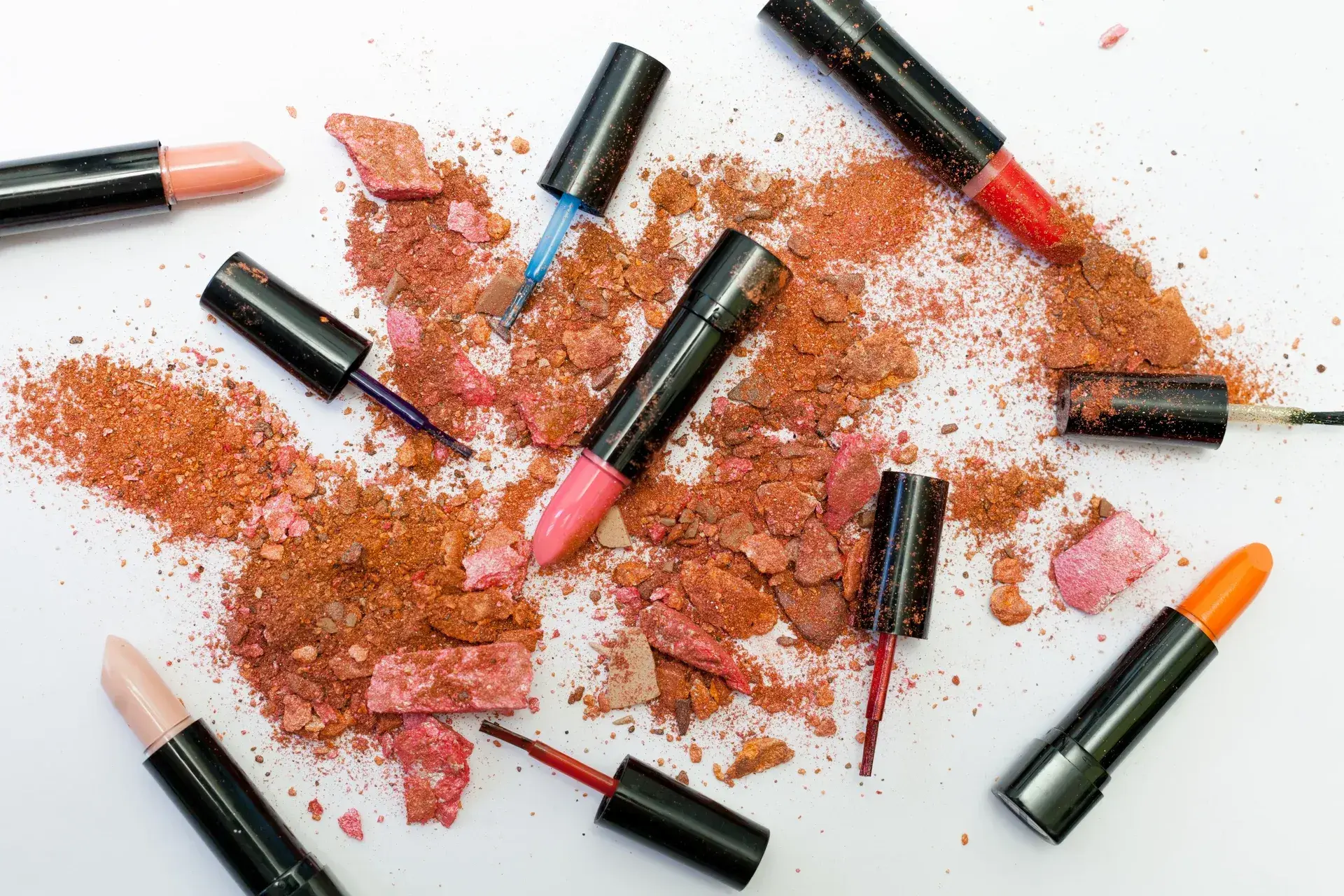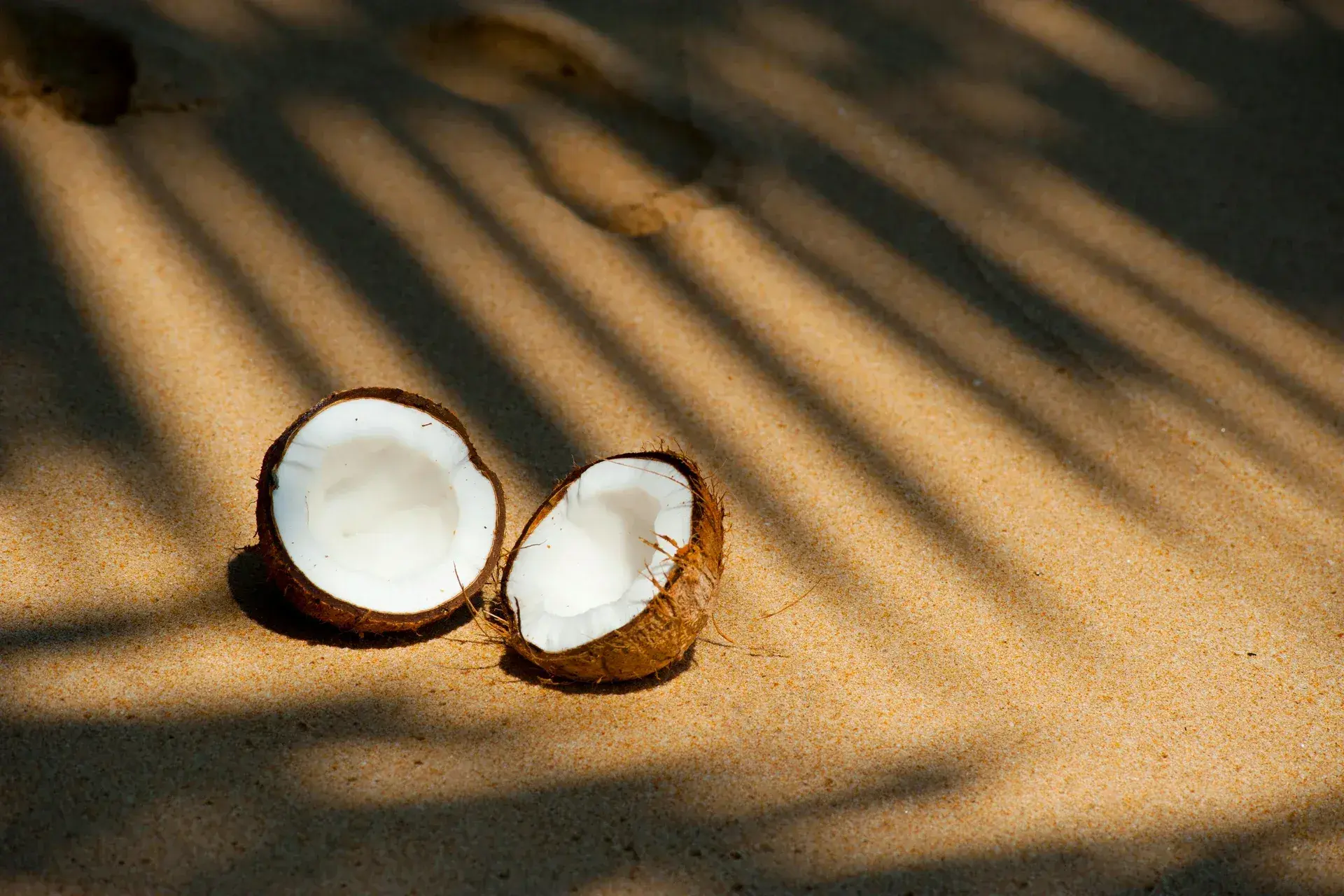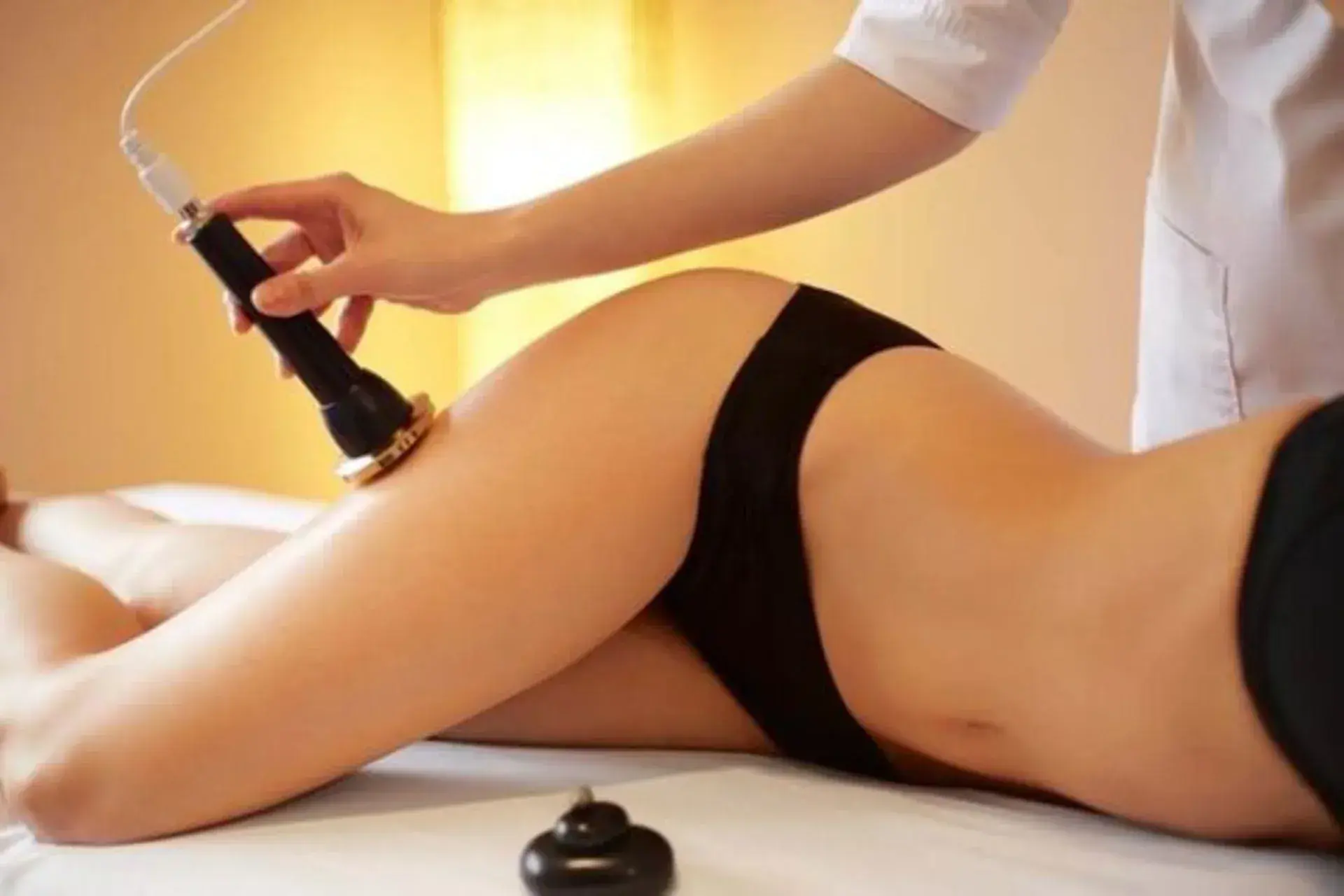Vitamin C in cosmetics: benefits, varieties, peculiarities of application
Vitamin C (ascorbic acid) is one of the most beloved and most popular residents of our cosmetic jars. It can be found in various products – anti-age, whitening, moisturizing and "for the glow". What is such a good vitamin C, why it is added to cosmetics, what forms it has, and if it is possible to use cosmetics with it in the summer? Read the new GoBeauty Blog article.
About Vitamin C
Ascorbic acid is a wonderful anti-age component that acts immediately on several "fronts":
- protects skin cells from oxidation or, to put it simply, is one of the most famous and popular antioxidants;
- stimulates the synthesis of collagen, strengthens the skin, increases its elasticity;
- returns the skin radiance, as well as aligns its tone;
- whitens the skin (pigment spots, post-acne traces, etc.) and struggling with signs of skin ageing;
- contributes to the strengthening of capillaries (which is very useful at the cupro).
Regarding the effectiveness of vitamin C, it works also at relatively low concentrations (1-2%). It is clear that the increase in the percentage of vitamin C increases efficiency, but at the same time increases the "stiffness" of the product. So it is important to choose exactly the type that suits your skin type.
Types of ascorbic acid in cosmetics
Vitamin C, which is added to cosmetics, can have several different forms:
- Ascorbic acid - "pure" vitamin C, one of the most popular and active forms of it (and, incidentally, the cheapest), with the most stable and potentially irritating (acid form);
- Tetrahexyldecyl Ascorbate (THDA) is one of the three most stable formulas, quite soft. It is recommended to use in the evening;
- Magnesium Ascorbyl Phosphate (MAP) - a mild and very stable form of vitamin C (effective even in low concentrations);
- Sodium Ascorbyl Phosphate (SAP) is another stable form of vitamin C, while very soft (perfect for sensitive skin);
- Ascorbyl Glucoside is a fairly stable form of ascorbic acid, helps to hydrate the skin;
- Ascorbyl Palmitate is not a very stable form of vitamin C, but rather soft (it is recommended to use in the evening).
Features of using cosmetics with vitamin C
Particularly cautious is the use of cosmetics with vitamins for girls with sensitive skin, as ascorbic acid can cause burning, itching and redness. In order to avoid unpleasant consequences, it is first necessary to use low concentration products. The most effective vitamin C is in a concentration of 10-20%.
A product with vitamin C should have an acid pH of 2.8 to 3.4 in order to act as effectively as possible and not cause skin irritation. You should also take into account other ingredients in the cosmetic product that works in tandem with vitamin C is best: vitamin E, ferulic acid, tyrosine and zinc.
Features of the usage in summer
Cosmetic products with vitamin C can and should be used in the summer. They help to restore the skin after exposure to ultraviolet light. Ascorbic acid is a great antioxidant, an inhibitor of melanin (inhibits pigmentation), a stimulant for the production of collagen and elastin fibres (improves elasticity and appearance of the skin). However, vitamin C derivatives of palmitate and liposomes can provoke the active production of free radicals in the skin under the influence of UV radiation. Therefore, products with these forms of vitamins should be applied exclusively at night. And during the day it is better to use sunscreen products.









